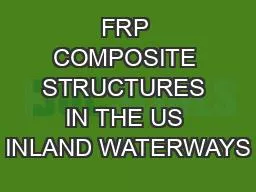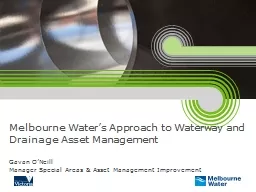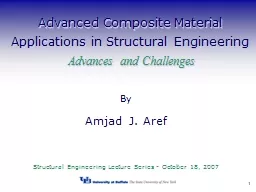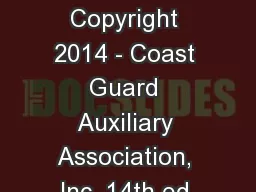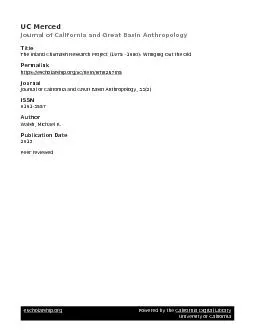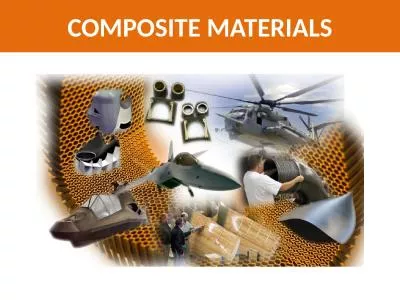PPT-FRP COMPOSITE STRUCTURES IN THE US INLAND WATERWAYS
Author : frostedikea | Published Date : 2020-08-28
PRESENTED BY 8 th International PIANCSMART Rivers Conference Pittsburgh PA September 20 2017 Piyush Soti Graduate Research Assistant Dr PV Vijay Assistant Professor
Presentation Embed Code
Download Presentation
Download Presentation The PPT/PDF document "FRP COMPOSITE STRUCTURES IN THE US INLAN..." is the property of its rightful owner. Permission is granted to download and print the materials on this website for personal, non-commercial use only, and to display it on your personal computer provided you do not modify the materials and that you retain all copyright notices contained in the materials. By downloading content from our website, you accept the terms of this agreement.
FRP COMPOSITE STRUCTURES IN THE US INLAND WATERWAYS: Transcript
Download Rules Of Document
"FRP COMPOSITE STRUCTURES IN THE US INLAND WATERWAYS"The content belongs to its owner. You may download and print it for personal use, without modification, and keep all copyright notices. By downloading, you agree to these terms.
Related Documents

